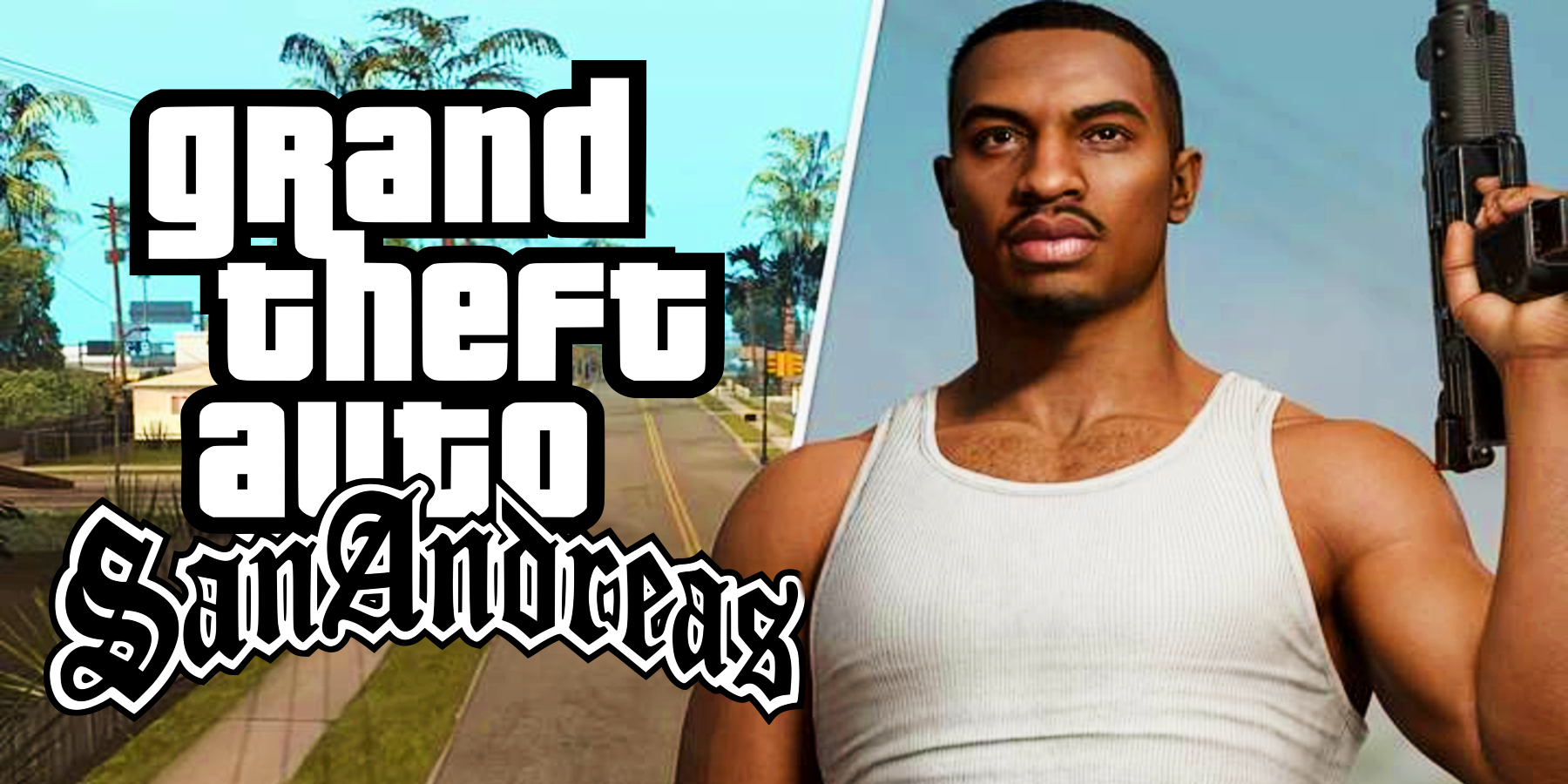

In the UK the likes of John Dankworth, Tubby Hayes and Stan Tracey were echoing the modernist approach in their recordings as a counterpart to the New Orleans Trad style popular in the UK. Some swing stars, such as Ella Fitzgerald and Lester Young also reached a modernist audience. The output of vanilla artists like Chet Baker, Art Pepper and Dave Brubeck, to name three also became essential modernist albums to own. There was a slew of other jazz modernists – Sonny Rollins, Jimmy Smith, Horace Silver, and the aptly named Modern Jazz Quartet who used elements of chamber music, and the re-emergence of bop pioneer Thelonious Monk whose Riverside output became essential from 1955 onwards. Davis unfolded his influence around the entire jazz world. Davis was always sartorially elegant on and off stage but his tailored Brook Brothers suits and button-down shirts established him as a style icon many sought to emulate. Kind Of Blue (1959), exploring modal jazz established Davis and a band that included John Coltrane on tenor and Cannonball Adderley on alto as the most influential jazz musicians in the world.

Davis began to set the tone not only on his trumpet but also in how he looked, acted and wanted his bands to sound, from Round About Midnight, Miles Ahead (1957) to the wide-lensed ambition of Porgy And Bess (1958). The term came into use in the 40s to distinguish “modern” jazz from earlier strains of the genre, especially the parp of trad.īy the mid-50s, Miles Davis, one of Charlie Parker’s midwives at the birth of “modern” be-bop, had mastered addictions and moved to Columbia records. Like gum chewed at Northern all-nighters, the moment modernism was born is elastic. Some even view Britpop and the Arctic Monkeys as more recent mod touchstones. Then again, those who were part of the 70s revival regard that as the golden age. For some folk who lived through the 50s it relates to jazz, whereas others see the 60s as the real mod era. Of course, what mod means depends on your age. A s a fashion and musical style, mod has demonstrated a remarkable ability to not only remain relevant but flexible enough to reinvent itself.


 0 kommentar(er)
0 kommentar(er)
